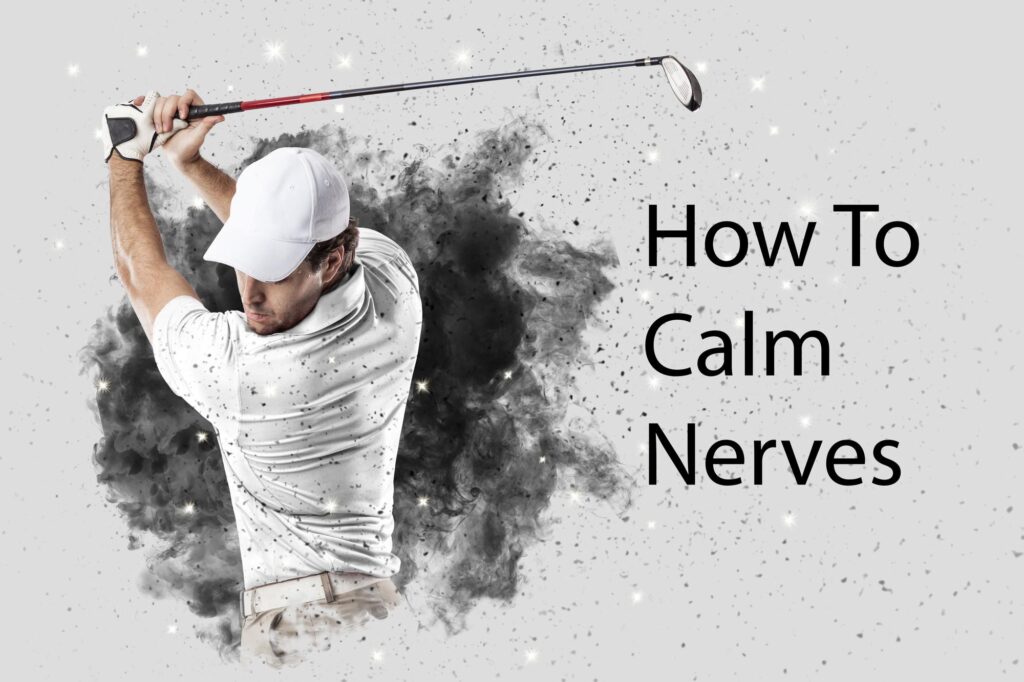How to Handle Your Nerves and Adrenaline on the Golf Course: A Guide for Every Golfer
As golfers step onto the course, the blend of anticipation and anxiety can be palpable. The pressure to perform, whether in a casual weekend game or a critical tournament, often leads to heightened levels of adrenaline and nerves. This physiological response, while natural, can impede performance and enjoyment of the game. In an analytical examination of the psychological and physical effects of nerves and adrenaline on golfers, experts reveal strategies to manage these emotions effectively. From breathing techniques to mental visualization and proper preparation, our comprehensive guide explores evidence-based methods that can help golfers channel their nerves into focus and confidence. Ultimately, mastering the mental game could mean the difference between a satisfying round and a missed opportunity. Join us as we delve into the art of overcoming anxiety and embracing the competitive spirit on the golf course.
Understanding the Psychology of Nerves and Adrenaline in Golf Performance
The mental game of golf is as critical as the physical aspect, particularly when nerves and adrenaline come into play. Understanding the psychological response to high-pressure situations can provide golfers with the tools they need to manage their performance. It’s essential to recognize that nerves are a natural physiological response, activated by adrenaline, which prepares the body to either face or flee from challenges. This response leads to increased heart rate, heightened awareness, and in some cases, a sharp focus that can enhance performance. However, when unregulated, these feelings can lead to a breakdown in concentration and swing mechanics.
To better cope with the psychological effects of nerves and adrenaline, golfers can implement several strategies:
- Visualization: Picture successful shots before committing to them.
- Breathing techniques: Utilize deep-breathing exercises to calm the mind.
- Routine Maintenance: Establishing a pre-shot routine to foster familiarity and comfort.
- Positive self-talk: Replace negative thoughts with affirmations that promote confidence.
A recent study indicates that athletes who employ these mental strategies report lower anxiety levels and improved performance metrics. By integrating psychological resilience, golfers can transform nervous energy into a powerful ally on the course.
Practical Strategies for Managing Pre-Round Anxiety and Maintaining Focus on the Course
Pre-round anxiety can be a formidable opponent on the golf course, but employing a series of practical strategies can transform this challenge into an opportunity for enhanced performance. Visualization techniques are a powerful tool; players are encouraged to picture their ideal shot before stepping up to the tee, envisioning the trajectory of the ball and the feeling of a perfect swing. Additionally, targeted breathing exercises can significantly help in calming nerves. Take a moment to inhale deeply through the nose, hold for a count of three, and exhale slowly through the mouth. This simple technique can ground players and maintain their focus amidst the adrenaline rush.
Maintaining focus during a round requires both mental discipline and physical preparedness. Creating a personal pre-shot routine not only instills confidence but also fosters a state of mindfulness, enabling players to stay present. Breaking the course into manageable segments can also be beneficial; players might find it helpful to prepare a simple course management plan that includes specific goals for each hole. This could involve jotting down key strategies and club selections in a small notebook. Engaging in light stretching and staying hydrated before and during the round can further enhance your ability to focus, keeping the body and mind in sync.
In Retrospect
As we navigate the intricacies of golf, the mental game often holds as much significance as physical prowess. Handling nerves and adrenaline is an essential skill that can influence not only individual performance but also enjoyment of the sport. By employing techniques such as mindful breathing, positive visualization, and focused practice, golfers can transform their anxiety into a source of energy that enhances their game rather than hinders it.
As you tee off on your next round, remember that feeling those butterflies is part of the journey. Embracing this natural response can lead to improved focus, clearer decision-making, and ultimately, a more satisfying golfing experience. With the tools and strategies discussed, golfers of all levels can look forward to stepping onto the course with confidence, ready to tackle whatever challenges lie ahead. The key to overcoming nerves is not the absence of fear, but rather the ability to channel that energy in a way that fuels your game. Happy golfing!








